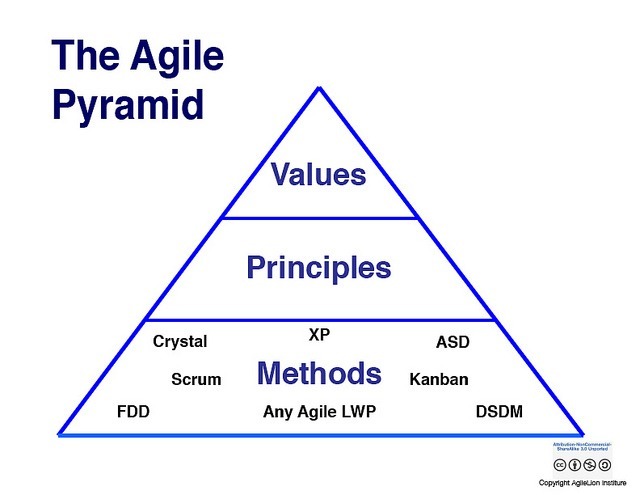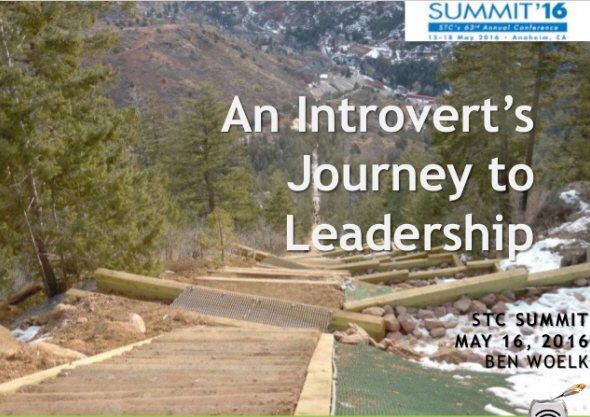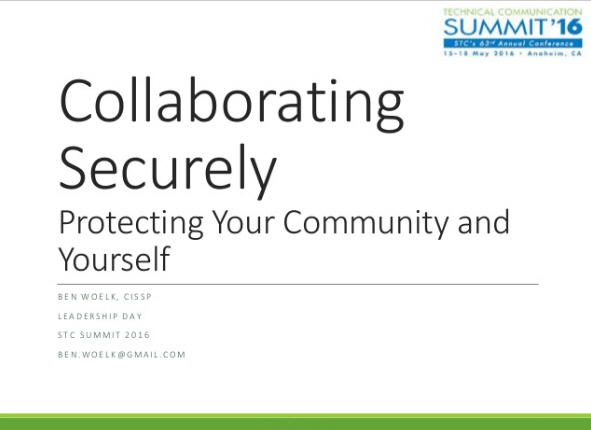
Recruiting Volunteers
Category:Leadchange,Leadership,Lessons Learned,STC,STC RochesterRecruiting Volunteers
Volunteers are the life blood of non-profit organizations. However, recruiting volunteers may be challenging. I had the privilege of presenting with Alice Brzovic, President of the San Diego Chapter of the Society for Technical Communication on a leadership webinar on July 22, 2016. Alice had a number of great ideas around volunteer recruitment, especially in advertising for volunteers. It may seem obvious, but it’s really important that prospects know about the opportunities and that their help is needed. Alice suggested placing a Help Wanted sign on community websites, creating a company page on LinkedIn and posting volunteer opportunities there, and participating in volunteermatch.org. These are great ideas!
Make the Appeal Personal
Many people will ignore a general call for volunteers, assuming that someone else will step up. A personal appeal may be more successful. (Knowing what the prospect is passionate about and making the right volunteer match is ideal.)
Cast a Clear Vision
I believe it is critical for an organization and its leadership to have and cast a clear vision of why the organization exists and what its trying to accomplish. Prospective volunteers want to know what they’re contributing to. An effective leader will share his or her vision and passion and can inspire volunteers.
Phone Script
During the webinar, one of the attendees asked about phone scripts for recruiting volunteers. I’ve created the script below. Please adapt it for your own use, for calls or emails. (Please substitute specific information for the capitalized words.)
Hi PROSPECT NAME,
My name is NAME and I’m the OFFICER OR POSITION for ORGANIZATION. I’d like to talk with you briefly about an opportunity for you to gain leadership skills that can advance your career by helping with OPPORTUNITY.Here’s what we need your help with!
DESCRIBE OPPORTUNITY. We’re asking for a commitment that won’t exceed NUMBER of hours per TIME PERIOD.MENTOR NAME will work with you to make sure your questions are answered and to help you be successful. (IF YOU KNOW THE PROSPECT, ADD We believe this opportunity is a good fit for you because REASONS.)
Here’s what you’ll get in return:
1. The opportunity to gain leadership skills
2. An opportunity to build your professional network
3. An opportunity to positively impact fellow practitioners
4. Helping COMMUNITY serve local practitioners
5. Fun
6. Recognition for your participation
7. ADD SPECIFIC BENEFITSThe COMMUNITY serves the PROFESSION community in the greater GEOGRAPHIC OR PRACTICE area. We’re excited about ORGANIZATION and PROFESSION and we’re working on these SPECIFIC FOCUS AREAS this year.
Won’t you come alongside us and help with OPPORTUNITY?
PROVIDE NEXT STEPS
Thank you for your time and willingness to serve.
NAME
Let me know if you find this script helpful.
Alice Brzovic, Tips for Recruiting New Volunteers (pdf) (Slideshare.net)
Ben Woelk, Get On Board: Entraining Volunteers (pdf) (Slideshare.net)














